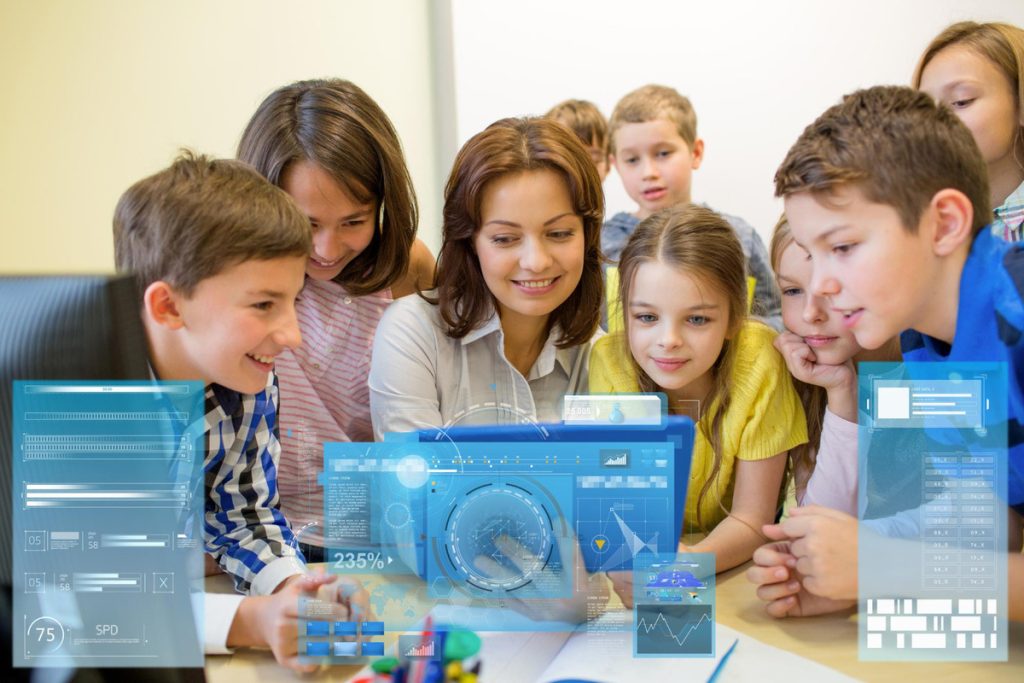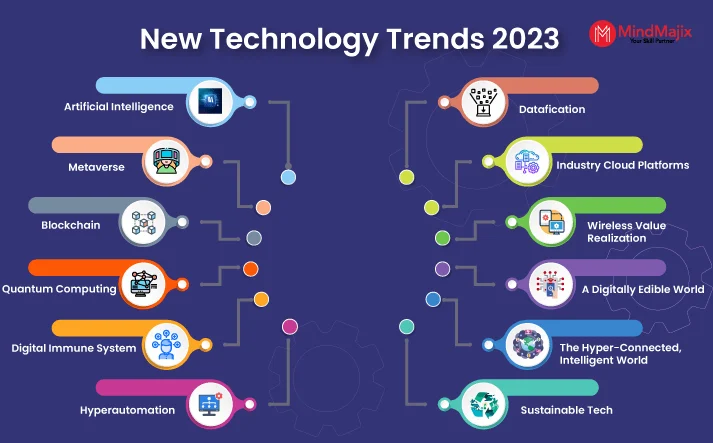The Rise of Online Learning Platforms
One of the most significant changes in education has been the rise of online learning platforms. With the advent of platforms like Coursera, Khan Academy, and edX, students now have access to a vast array of courses and learning materials from anywhere in the world. These platforms have democratized education, allowing people from all walks of life to pursue knowledge and skills at their own pace.
Interactive and Engaging Learning Tools
Traditional education methods often relied on passive learning, where students listened to lectures and took notes. However, with the rise of interactive learning tools, students now have the opportunity to engage with content in more meaningful ways. Virtual labs, educational games, and simulations allow students to experiment and apply what they have learned, enhancing their understanding and retention of key concepts.
The Impact of Artificial Intelligence in Education
Artificial Intelligence (AI) is playing an increasingly important role in education. From personalized tutoring systems to AI-driven grading tools, technology is making learning more efficient and tailored to individual needs. AI can analyze students’ progress, identify areas where they need improvement, and provide customized recommendations, allowing for a more personalized learning experience.
The Role of Virtual and Augmented Reality
Virtual Reality (VR) and Augmented Reality (AR) are also making waves in education. By creating immersive environments, these technologies allow students to experience lessons in ways that traditional classrooms cannot replicate. For example, VR can transport students to historical sites, while AR can overlay digital information on the physical world, enhancing the learning experience and making it more interactive and engaging.
Collaboration and Communication Through Technology
Technology has made collaboration and communication among students and teachers easier than ever before. Tools like Google Classroom, Zoom, and Microsoft Teams have enabled remote learning and group work, breaking down geographical barriers. These tools allow students to connect with peers and instructors in real-time, share resources, and collaborate on projects, fostering a more collaborative learning environment.
The Growing Importance of Digital Literacy
As technology becomes more integrated into education, digital literacy is becoming an essential skill. Students need to be equipped with the ability to navigate and use digital tools effectively. Schools and universities are increasingly incorporating digital literacy into their curricula, ensuring that students are prepared for the digital world. Understanding how to use technology safely, ethically, and responsibly is crucial for success in the modern workplace and society.
Challenges to Technology Integration in Education
Despite the many benefits of technology in education, there are still several challenges to overcome. One of the main obstacles is the digital divide, where some students lack access to the necessary technology or internet connectivity to fully participate in online learning. Additionally, teachers may need training to effectively use these tools and incorporate them into their teaching methods. Addressing these challenges is crucial to ensuring that technology can be used to its fullest potential in education.
Future Trends in Education Technology
The future of education technology is incredibly exciting. We can expect to see further advancements in AI, VR, and AR, as well as the rise of adaptive learning systems that respond to individual students’ needs. Additionally, the growing use of data analytics in education will allow for a more data-driven approach to learning, helping educators identify trends and areas for improvement. These innovations will continue to shape the way students learn and teachers teach.
Conclusion
Technology is undoubtedly changing the landscape of education. From online learning platforms to AI-driven tools, the future of education is more personalized, interactive, and accessible than ever before. While challenges remain, the potential benefits of technology in education are vast, and as advancements continue, we can expect an even more dynamic and transformative learning experience for students worldwide.
Frequently Asked Questions
- How has technology improved education?
- Technology has made education more interactive, accessible, and personalized, improving learning experiences for students.
- What are some popular online learning platforms?
- Platforms like Coursera, Khan Academy, and edX offer a wide range of courses and learning materials for students worldwide.
- How does AI impact education?
- AI helps personalize learning experiences by analyzing students’ progress and providing customized recommendations.
- What is the role of virtual and augmented reality in education?
- VR and AR create immersive learning environments, allowing students to experience lessons in new, engaging ways.
- How has technology improved collaboration in education?
- Technology has made communication and collaboration easier, with tools like Google Classroom, Zoom, and Microsoft Teams.
- What is digital literacy, and why is it important?
- Digital literacy is the ability to use technology effectively and responsibly. It is essential for success in the digital world.
- What challenges do educators face when integrating technology?
- Challenges include the digital divide, lack of access to technology, and the need for teacher training on using digital tools.
- What are some future trends in education technology?
- Future trends include the growth of AI, VR, AR, and data analytics, as well as the rise of adaptive learning systems.
- How will AI change the classroom in the future?
- AI will provide personalized learning experiences, automate administrative tasks, and offer real-time feedback to students.
- How can technology help bridge the gap in education?
- By providing remote learning options and digital resources, technology can make education more accessible to underserved communities.




